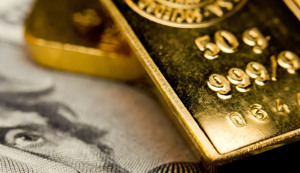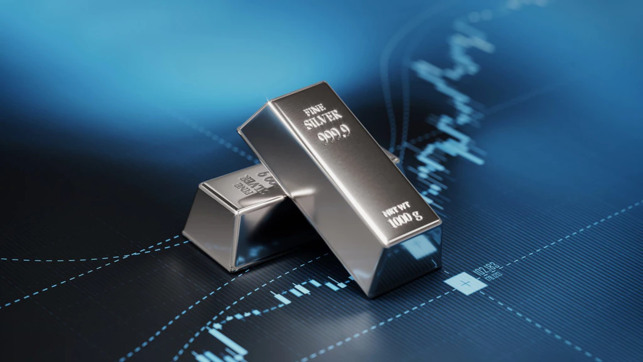Tavex uses cookies to ensure website functionality and improve your user experience. Collecting data from cookies helps us provide the best experience for you, keeps your account secure and allows us to personalise advert content. You can find out more in our cookie policy.
Please select what cookies you allow us to use
Cookies are small files of letters and digits downloaded and saved on your computer or another device (for instance, a mobile phone, a tablet) and saved in your browser while you visit a website. They can be used to track the pages you visit on the website, save the information you enter or remember your preferences such as language settings as long as you’re browsing the website.
| Cookie name | Cookie description | Cookie duration |
|---|---|---|
| tavex_cookie_consent | Stores cookie consent options selected | 60 weeks |
| tavex_customer | Tavex customer ID | 30 days |
| wp-wpml_current_language | Stores selected language | 1 day |
| AWSALB | AWS ALB sticky session cookie | 6 days |
| AWSALBCORS | AWS ALB sticky session cookie | 6 days |
| NO_CACHE | Used to disable page caching | 1 day |
| PHPSESSID | Identifier for PHP session | Session |
| latest_news | Helps to keep notifications relevant by storing the latest news shown | 29 days |
| latest_news_flash | Helps to keep notifications relevant by storing the latest news shown | 29 days |
| tavex_recently_viewed_products | List of recently viewed products | 1 day |
| tavex_compare_amount | Number of items in product comparison view | 1 day |
| Cookie name | Cookie description | Cookie duration |
|---|---|---|
| chart-widget-tab-*-*-* | Remembers last chart options (i.e currency, time period, etc) | 29 days |
| archive_layout | Stores selected product layout on category pages | 1 day |
| Cookie name | Cookie description | Cookie duration |
|---|---|---|
| cartstack.com-* | Used for tracking abandoned shopping carts | 1 year |
| _omappvp | Used by OptinMonster for determining new vs. returning visitors. Expires in 11 years | 11 years |
| _omappvs | Used by OptinMonster for determining when a new visitor becomes a returning visitor | Session |
| om* | Used by OptinMonster to track interactions with campaigns | Persistent |
| Cookie name | Cookie description | Cookie duration |
|---|---|---|
| _ga | Used to distinguish users | 2 years |
| _gid | Used to distinguish users | 24 hours |
| _ga_* | Used to persist session state | 2 years |
| _gac_* | Contains campaign related information | 90 days |
| _gat_gtag_* | Used to throttle request rate | 1 minute |
| _fbc | Facebook advertisement cookie | 2 years |
| _fbp | Facebook cookie for distinguishing unique users | 2 years |
Gold Market Update: Summer Pause, Long-Term Uptrend

The gold market has taken a short pause at the end of summer. While it may take several months before prices surpass the record highs set in April, the long-term trend for gold remains upward. During this sideways phase, it is useful to identify attractive entry points for potential buyers.
- Recent performance: In July, gold slipped 0.4% to $3,289.8 per ounce. Since then, prices have recovered, reaching $3,345 per ounce in August. Back in April, gold hit an intraday high of $3,500.1 per ounce, and although prices have been moving sideways since then, they remain historically high.
- Short-term drivers: The recent rise has been supported by falling U.S. government bond yields and a weaker U.S. dollar. Geopolitical tensions in Europe and the Middle East have also helped maintain investor interest in safe-haven assets like gold.
Big Picture
One of the strongest long-term drivers of gold is growing government debt. For example, the U.S. budget deficit was nearly $300 billion in July alone, 20% higher than last year. Similar fiscal pressures can be seen in many countries, such as France. Investors recognise that this level of debt is unsustainable, which is why more people are shifting from paper assets to real assets like gold and farmland. Many also expect governments to address debt through inflation, reducing the value of money over time. Gold provides protection against this risk.
Gold Demand Remains Strong

- Global demand: According to the World Gold Council, global gold demand in the second quarter rose 3% year-on-year to 1,249 tons. In dollar terms, demand surged 45%, reflecting higher prices.
- Investors: Interest in gold-backed exchange-traded funds (ETFs) has been strong this year, even though inflows slowed in July. However, investors should note that ETFs carry third-party risks. Those seeking full protection from financial system risks may prefer physical gold.
- Central banks: Worldwide, central banks also continue to buy gold as a safeguard. Although purchases slowed slightly in the second quarter, they remain strong compared with pre-Ukraine war levels.
Interest Rates, the Dollar, and Gold

Traditionally, U.S. Treasury bonds and gold have competed as safe-haven assets. Higher Treasury yields typically made bonds more attractive than gold. However, since late 2022, this link has weakened. Despite rising real interest rates, gold prices have climbed, driven instead by record government debt, strong central bank purchases, and growing Asian demand.
Recently, falling bond yields and a weakening U.S. dollar (down 2.5% in August) have provided extra support for gold prices.
Read more on a relevant topic: Central banks plan to abandon dollar and buy gold
Technical Picture and Buying Opportunities

On the charts, gold has faced resistance around $3,430–$3,440 per ounce, failing to break above this level four times since April. Each time, the price pulled back, but declines have been smaller, and volatility has eased.
If gold breaks above $3,440 decisively, a strong rally could follow
For now, sideways trading seems likely for a few more months, with the potential for renewed gains in autumn or winter.
- In euros: Attractive buying levels are seen around €2,780–€2,800, with another strong support zone at €2,600–€2,650. These represent a 7–15% pullback from April highs. However, since gold is in a long-term uptrend, there is no guarantee that prices will fall back to these levels.
Conclusion
Gold has paused after a record-breaking spring but continues to show strength in the long run. With strong demand, high government debt, and ongoing global uncertainty, gold remains an important asset for investors looking to protect wealth against inflation and financial instability.
After an impressive rally earlier this year, gold has entered a period of consolidation, trading sideways but holding at historically high levels. Short-term fluctuations are being shaped by interest rate expectations, dollar movements, and geopolitical tensions, while the bigger picture continues to be driven by mounting government debt, strong central bank demand, and investors’ search for stability.
Although it may take time for gold to break past its April records, the underlying fundamentals suggest that the long-term uptrend remains intact. For investors, this pause offers an opportunity to identify attractive entry points, keeping in mind that gold continues to serve as a valuable hedge against inflation, financial risks, and global uncertainty.


















